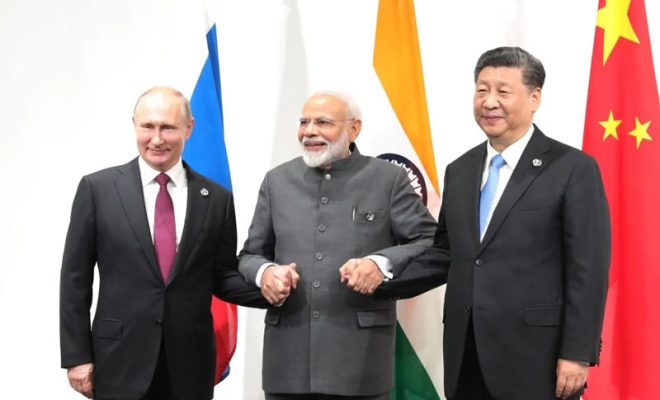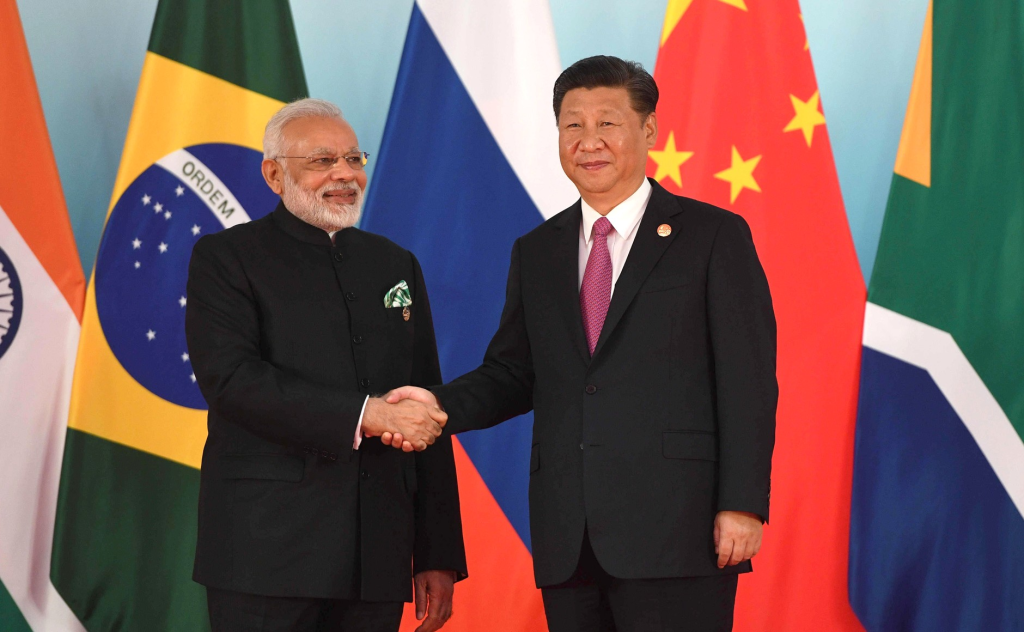India, and China Agree to Return to 2020 Positions Along LAC in Historic Peace Move

The two countries decided to maintain peace and tranquillity along the Line of Actual Control (LAC), on Friday signaling the first breakthrough in the four-year-long military face-off between India and China. The development comes after a Modi-Xi high-level bilateral meeting during the BRICS Summit in Kazan, Russia, where Prime Minister Narendra Modi met Chinese President Xi Jinping for the first time in a formal delegation-level interaction in the last four and half years. In a statement to the media, Foreign Secretary Vikram Misri acknowledged that the two leaders have accepted the bilateral diplomatic and military talks that resulted in the said accord.
Local commanders from both sides are having daily constant meetings to confirm the ground implementation strategies, where POK wants to return to the 2020 status Evacuation of Depsang and Demchok regions. Ministry of Defence sources suggest that on most of the points, there has been convergence, but detailed on the patrolling parameters there are still further talks on frequency, strength, and notification as such. It remains unclear in Depsang as Chinese troops have taken up positions at the Y junction and patrol point 10 denied Indian troops their traditional access to patrol points.
The situation in the Demchok area is somewhat different, as the Chinese side has stepped up its activity since 2020, deploying tents along the stream, and hindering Indian patrols. In these cases, both sides should dismantle these constructions and retreat to their previous positions; however, details of implementation are still being negotiated. Military officials indicate that the current deployment in the disputed border region of Eastern Ladakh will remain in place through winter.

Also Read | India to Maintain Investment Restrictions Despite Improved China Relations
Disengagement, De-escalation, and De-induction have been three major pillars for India to follow; however, defense officials highlighted that it will take time and coordination to follow such a plan of action on the ground. Winter conditions, of course, limit patrols in some areas, but historically, both sides have patrolled their territories at the same time. It may be however said the said agreement was the first step in a rather lengthy process of trying to get back to normalcy on the border.
Military authorities argue that soldiers will continue to patrol the border saying that it will take time before all procedures necessary for the creation of permanent peace are set in place. In some cases, the application of the buffer zone strategy remains an issue of contention, though both parties are looking for compromises.



